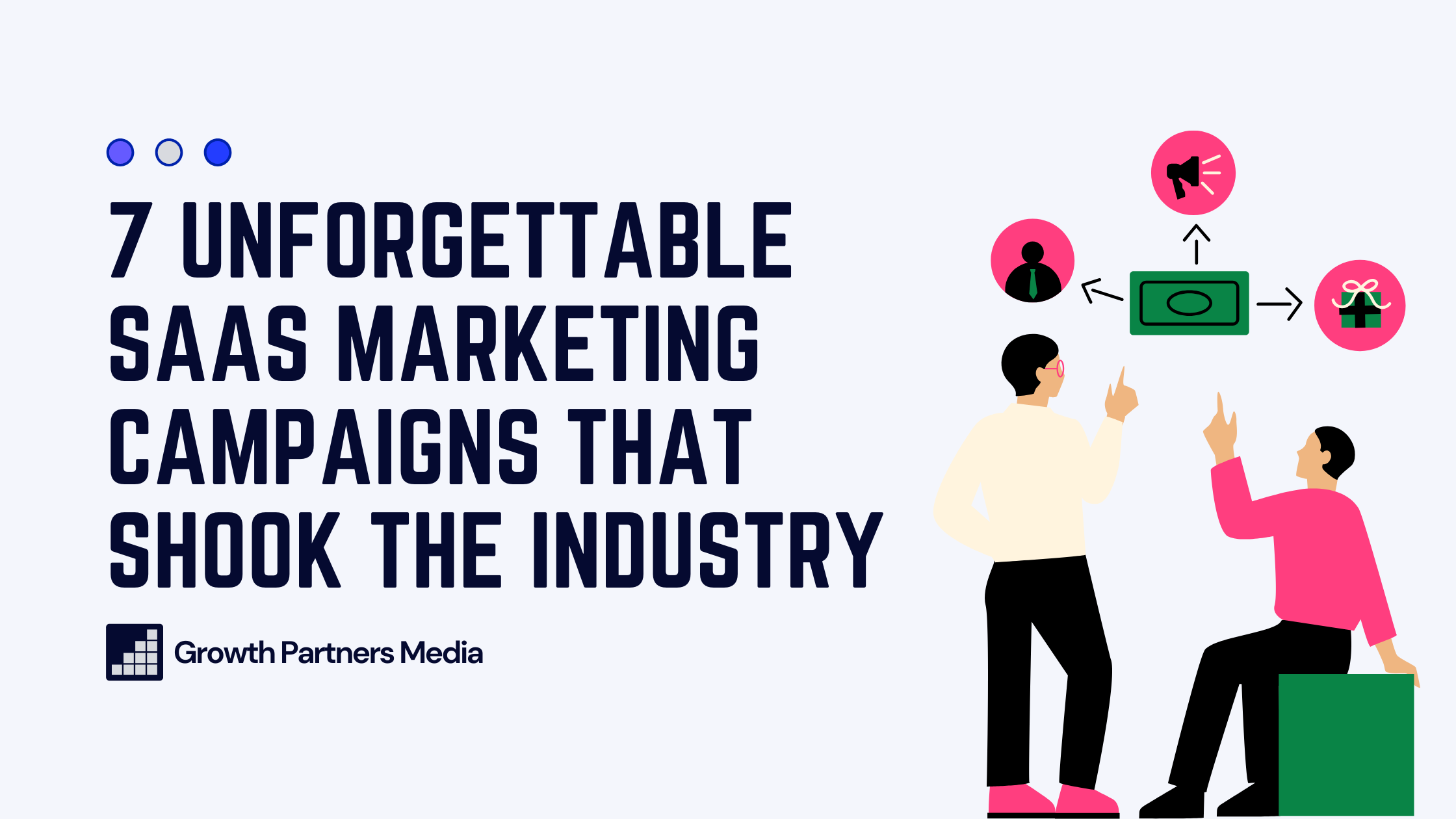Some SaaS marketing campaigns generate leads.
Others?
They redefine how we think about marketing.
In an industry where customer acquisition costs are high and competition is fierce, creativity and data-driven execution can mean the difference between an average campaign and one that dominates the market.
The best SaaS marketing campaigns don’t just sell software—they capture attention, build trust, and create demand in ways that leave a lasting impact.
I’ve spent years analyzing, executing, and refining SaaS marketing strategies, learning firsthand what works—and what doesn’t.
From viral product-led growth campaigns to high-converting paid strategies, I’ve seen how the right approach can turn a good SaaS company into an industry leader.
In this guide, you’ll discover:
- 7 standout SaaS marketing examples that delivered real impact.
- The strategies, channels, and execution tactics that made them successful.
- Actionable takeaways to inspire your own marketing efforts and drive meaningful results.
Let’s dive right in — because great marketing waits for no SaaS!
1. Dropbox’s Referral Program – Growth Through Word-of-Mouth Marketing
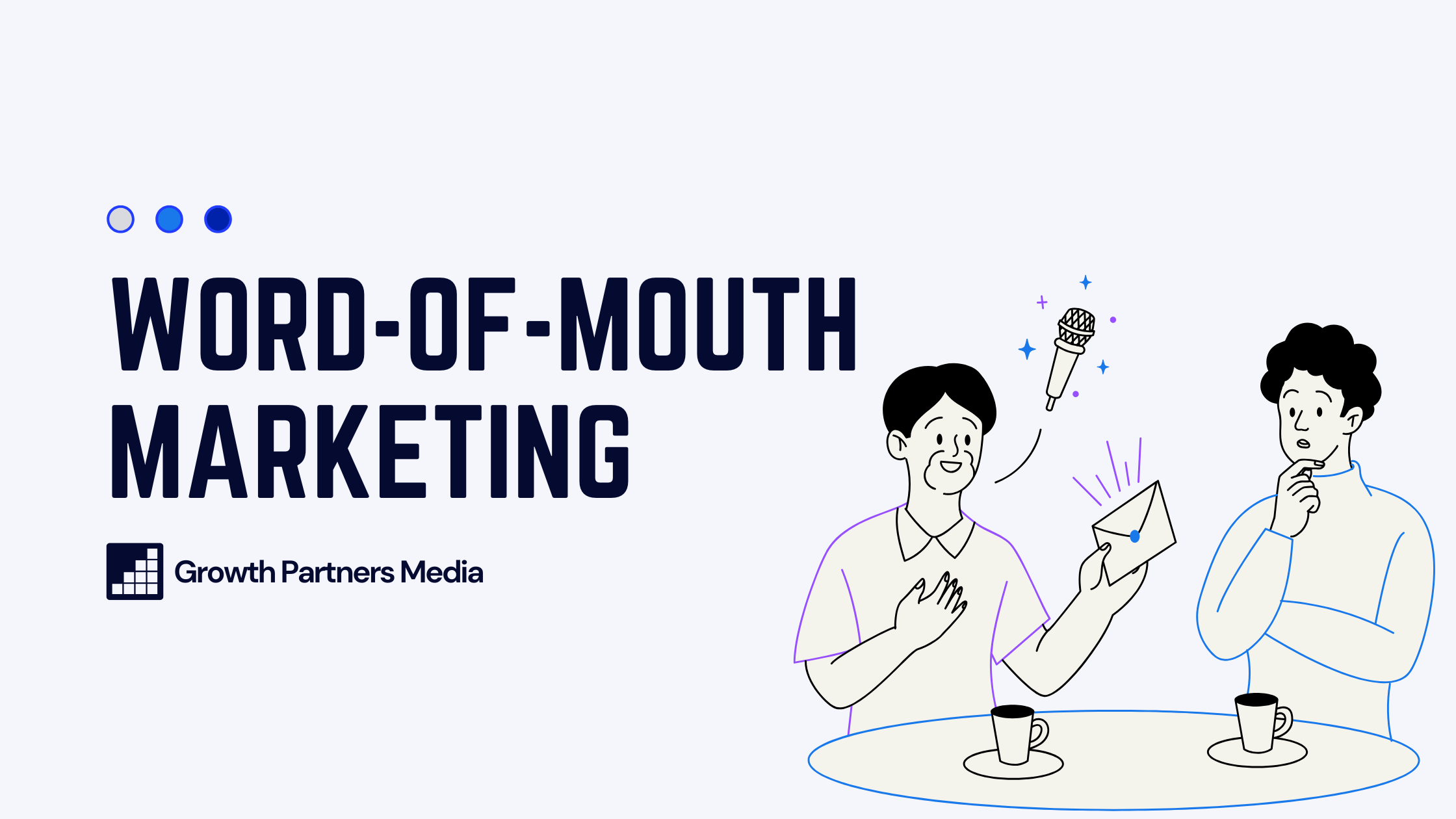
Dropbox’s goal was to increase user acquisition through incentivized referrals.
The strategy:
When Dropbox launched, cloud storage wasn’t just a convenience—it was a game-changer.
But instead of burning cash on paid ads, they turned to their biggest asset: their users.
- Dropbox offered free storage to both the referrer and the referred user, creating a mutual incentive to share.
- The referral process was seamlessly built into the product, reducing friction and making it easy for users to invite others.
- This created a viral loop—every new user had a reason to bring in more users, exponentially increasing organic growth.
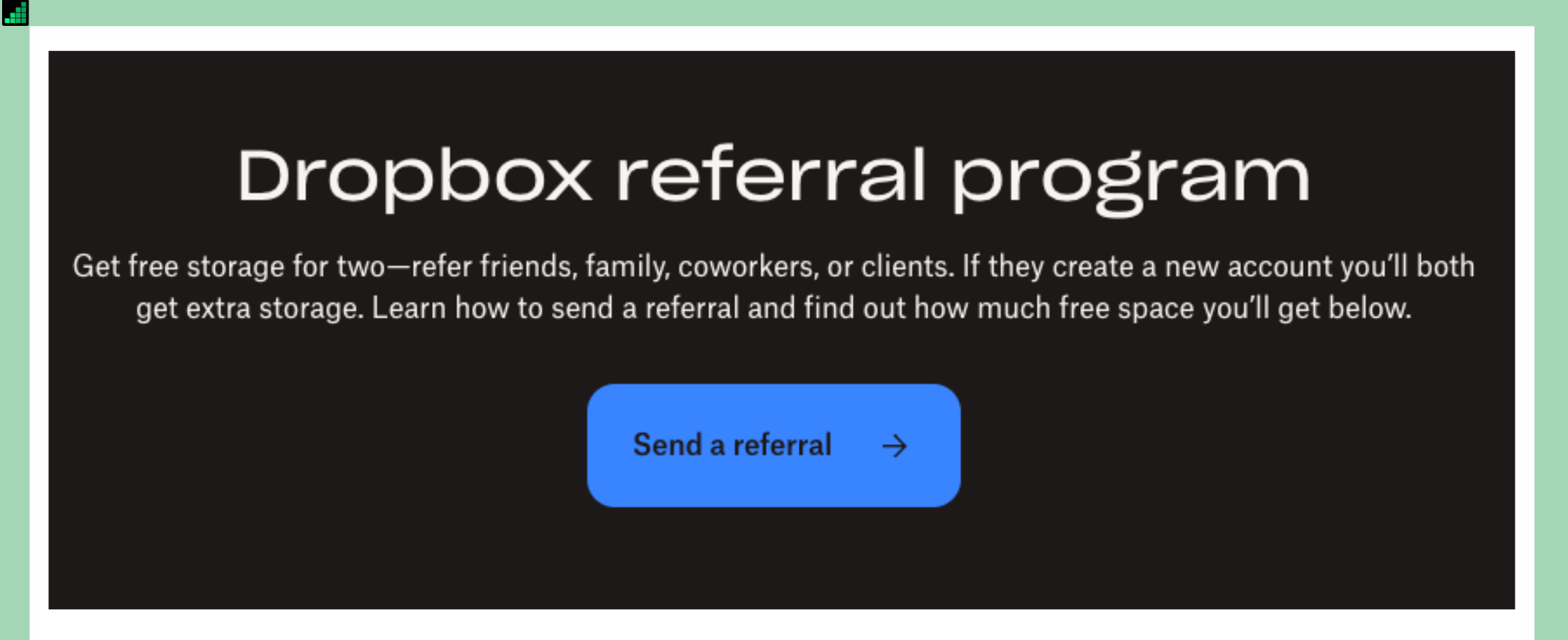
The results:
✅ 60%+ of new sign-ups came directly from referrals.
✅ The user base skyrocketed from 100,000 to over 4 million in just 15 months.
Why it worked & takeaways:
Dropbox cracked the code of referral marketing by making it effortless and rewarding.
The double-sided incentive ensured that both parties benefited, making users far more likely to share. Unlike traditional marketing, which relies on a company’s outreach, this campaign turned the target audience into the brand’s most effective promoters.
If you want to drive user acquisition, consider a value-driven referral system that seamlessly integrates into your product.
The key? Make it easy, make it rewarding, and make it spread —like a juicy office rumor but with actual business value!
2. Zapier’s SEO Strategy – Owning Search with 25,000+ Landing Pages
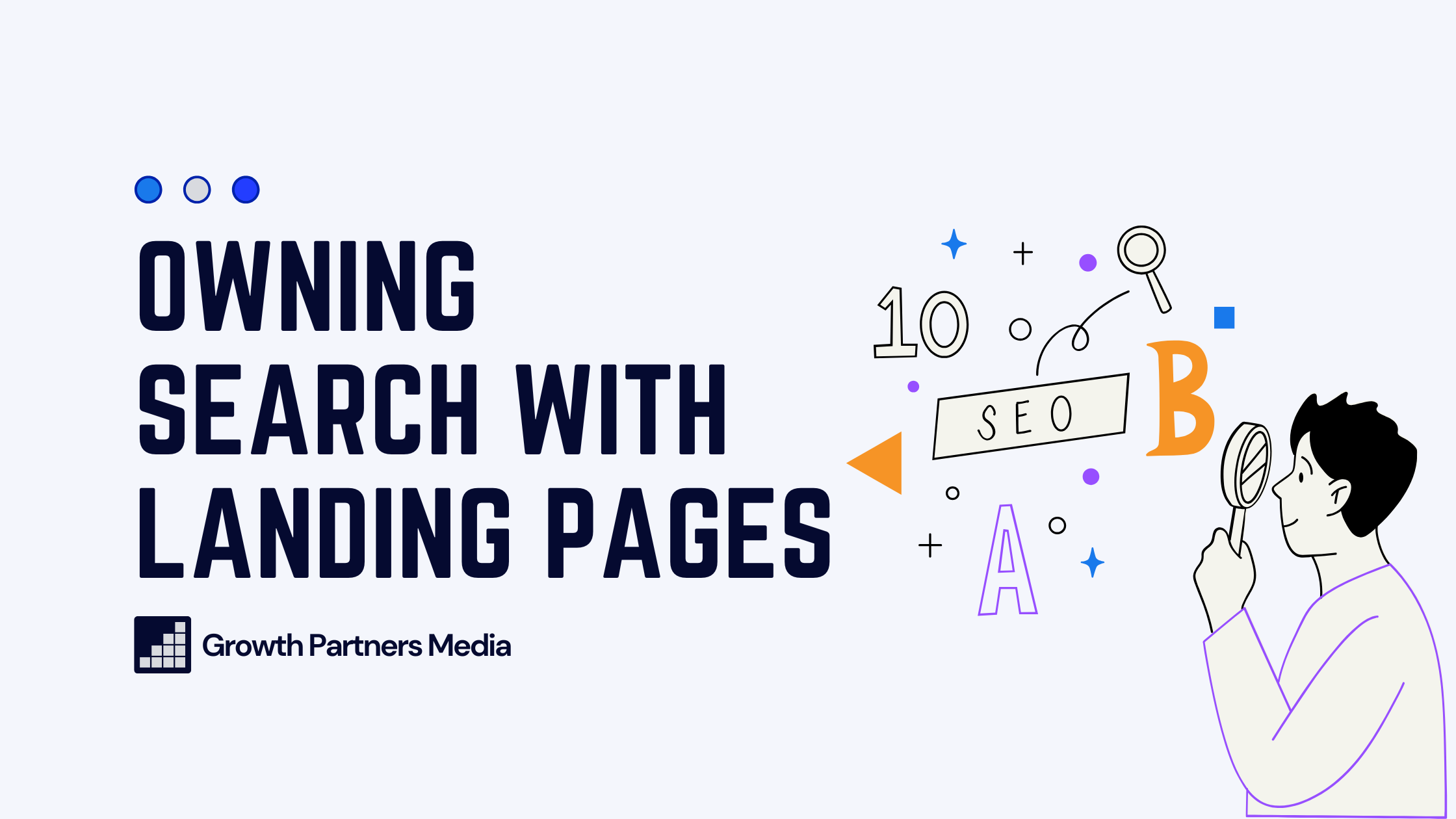
Zapier’s goal was to capture high-intent search traffic through automation-focused content.
The strategy:
Zapier understood a fundamental truth about SaaS marketing strategies: People search for solutions, not products.
Instead of relying on traditional content marketing alone, they took a programmatic SEO approach to dominate search results.
- They created over 25,000 landing pages targeting long-tail integration keywords (e.g., “Slack + Trello automation”).
- Each page was highly relevant to users actively looking for automation solutions, driving bottom-of-funnel traffic.
- By leveraging programmatic SEO, Zapier scaled content efficiently, allowing them to rank for thousands of niche queries without manually creating each page.
The results:
✅ 12.4 million+ monthly visitors from organic search.
✅ Became the go-to brand for app automation, outranking competitors and strengthening their brand authority:
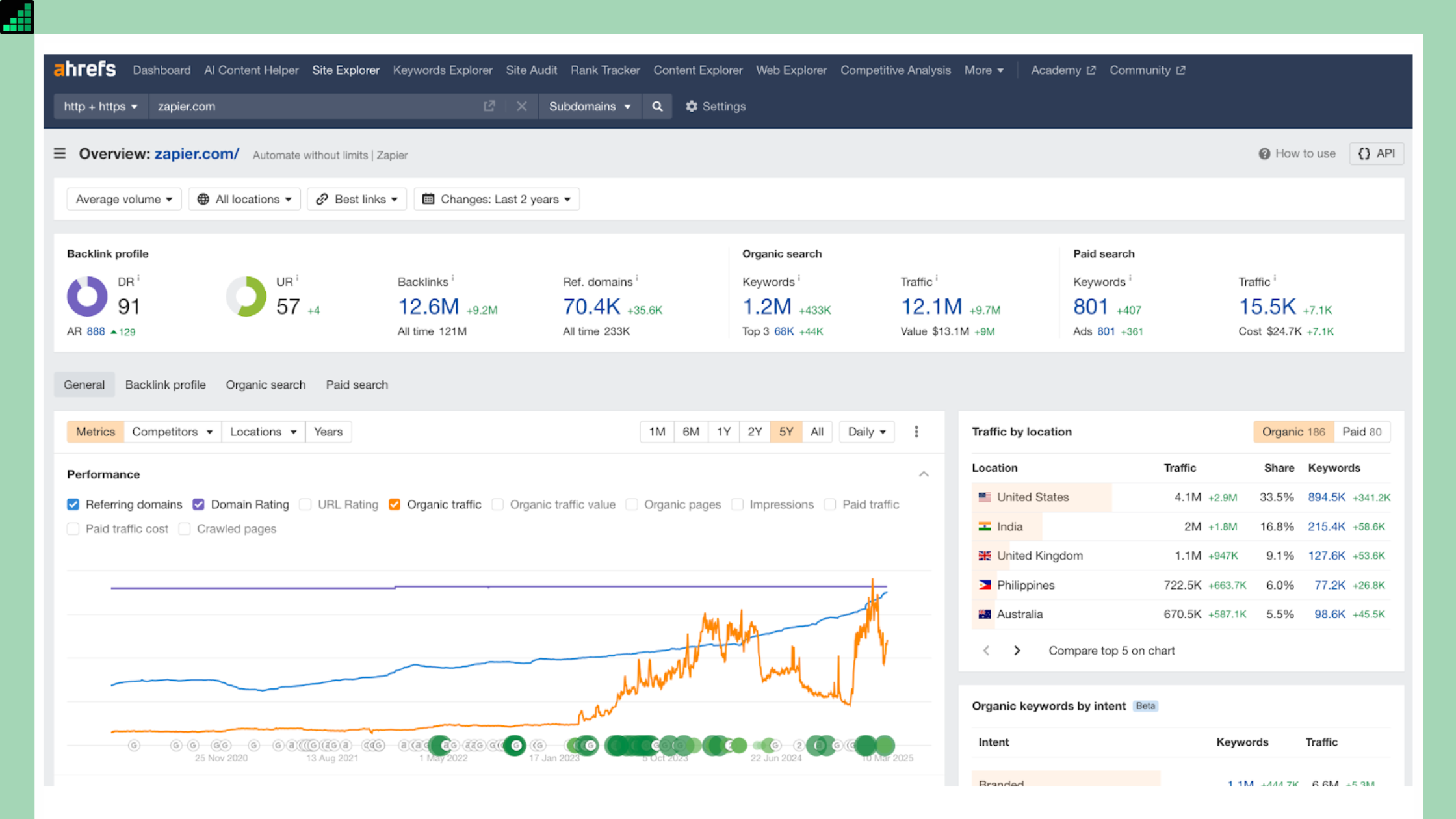
Why it worked & takeaways:
Zapier’s strategy was pure SEO mastery—they aligned their content with what users were already searching for.
Instead of trying to push automation software onto potential customers, they met them at the exact moment of intent and offered a tailored solution.
Fun fact: Zapier also sent 25,000 messages to users before the big launch.
Why?
They wanted feedback and real customer input from the start. This way, they were able to create a brand awareness campaign people really needed, not just something they thought was a good SaaS idea.
By targeting specific integrations people actively needed, Zapier didn’t just drive traffic—they drove conversion-ready traffic.
If you want to own an organic search, think beyond basic blog posts.
Look for ways to scale SEO strategically—whether through programmatic content, integration pages, or structured data—so you can capture demand at scale without excessive manual effort.
3. Monday.com’s Video Marketing Blitz – Dominating Paid Ads

Monday’s goal was to build brand awareness and drive paid conversions through video ads.
The strategy:
Monday.com didn’t just run ads—they hijacked the attention of prospective customers with high-production video campaigns that made project management look and feel exciting.
- They launched an engaging, high-quality YouTube and Facebook content marketing campaign that showcased relatable workplace pain points—inefficiency, miscommunication, and scattered workflows.
- Instead of generic, corporate-style messaging, their videos used storytelling, humor, and dynamic visuals to make their software feel like an obvious solution.
- They relied on data-driven optimization, constantly tweaking creatives based on viewer engagement, retention, and conversion rates.
The results:
✅ Millions of views across video platforms.
✅ Fueled Monday.com’s hypergrowth to a $1.9 billion valuation in under five years.
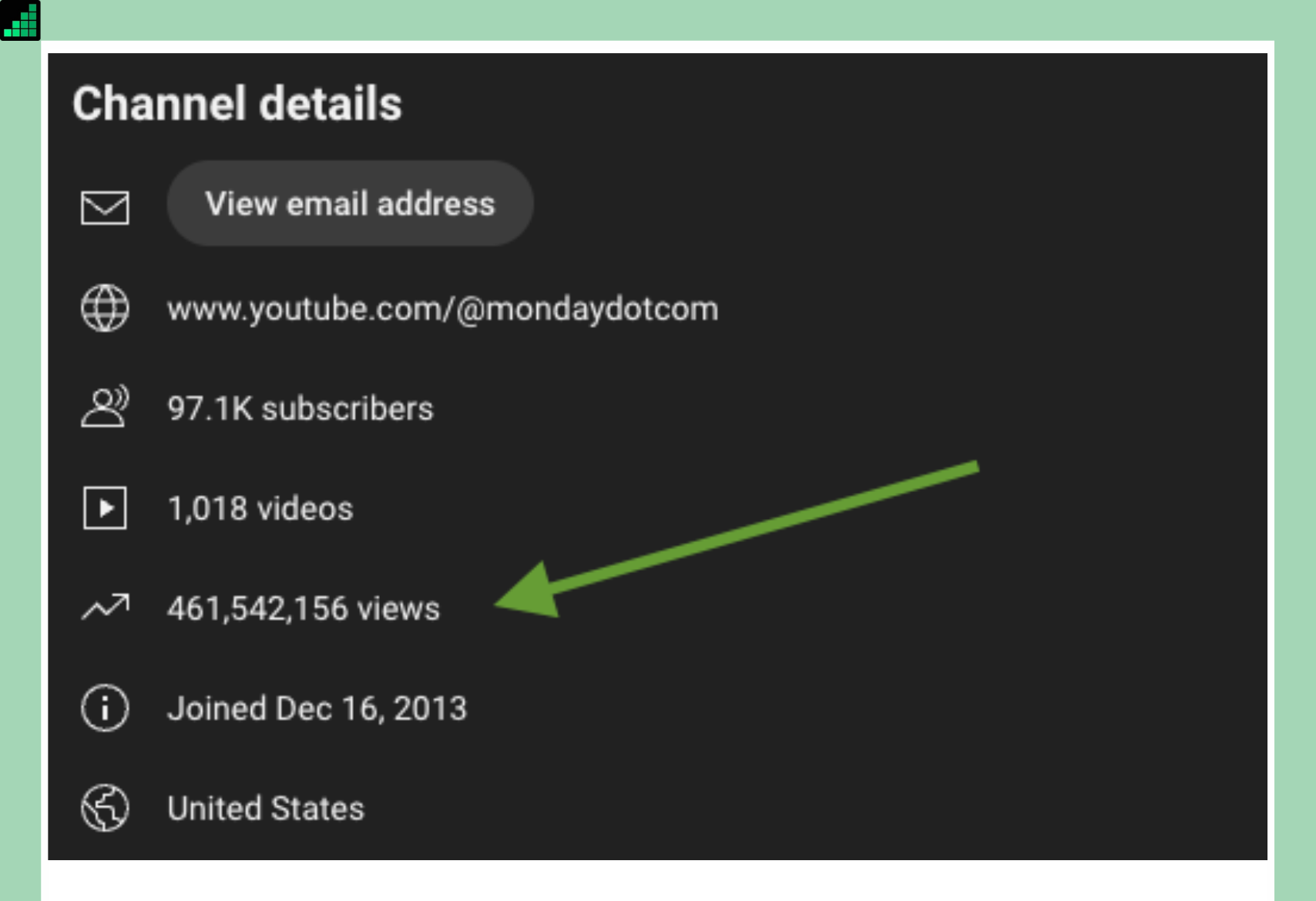
Why it worked & takeaways:
Monday.com understood that SaaS marketing campaigns aren’t just about features—they’re about emotion.
Their videos didn’t just explain the product; they made people feel the pain of disorganization and the relief of a better system.
By combining relatable storytelling, high-quality production, and aggressive ad spend, they ensured their brand was everywhere—and impossible to ignore.
If you want to dominate with paid ads and top saas marketing strategies, don’t just run average marketing videos — create experiences.
Invest in emotionally compelling, visually engaging video content that speaks directly to your audience’s pain points.
And most importantly? Test, optimize, and scale what works.
4. Notion’s Community-Driven Expansion – The Power of Word of Mouth

Notion’s goal was to turn existing users into evangelists through community building.
The strategy:
Notion didn’t just market a product—it built a movement.
Instead of relying on aggressive paid ads, they empowered their users to spread the word organically.
- They encouraged users to create, share, and even sell their own Notion templates, turning customers into content creators.
- They nurtured an engaged Reddit and Twitter community, where power users showcased workflows, tips, and custom setups.
- Their growth was fueled by authentic conversations, with fans enthusiastically recommending Notion as the go-to productivity tool.
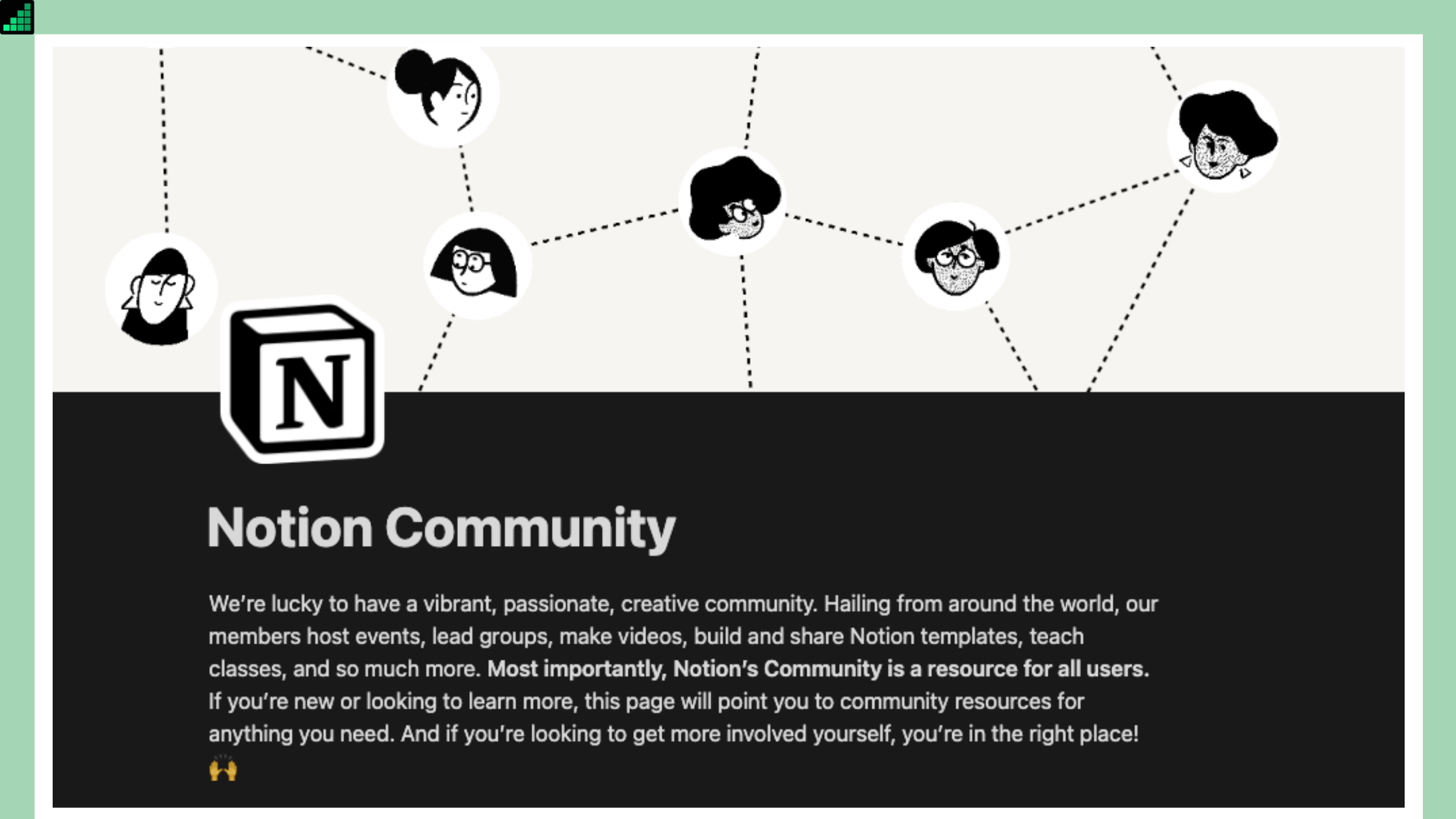
The results:
✅ 20M+ users worldwide, with over 60% of new sign-ups coming from word of mouth.
✅ Became a category leader in productivity tools without relying on massive ad spend.
Why it worked & takeaways:
Notion’s success came from one key principle: give users a reason to feel invested.
By enabling customization and fostering a strong community, they created a product people wanted to talk about.
When users feel a sense of ownership, they don’t just use a tool—they promote it. Notion became more than software; it became a badge of productivity culture.
If you want to ignite word-of-mouth growth, build a community where users feel valued and heard.
Give them the tools, platforms, and incentives to share their experiences. A passionate user base is your most powerful marketing asset.
How GPM’s Herd Links™ Can Help You Achieve What Notion Did
Notion’s success wasn’t just about having a great product—it was about creating a community-driven growth engine.
By giving users a reason to share, engage, and advocate, they turned organic discussions into their most powerful marketing tool.
If you want to replicate this kind of community-driven momentum, the challenge is getting your brand into the right conversations—authentically and at scale.
That’s where Herd Links™ (our forum backlinking service) comes in.
Herd Links™ helps SaaS brands embed themselves naturally into the spaces where their target users are already talking.
Just like Notion fosters discussions on Reddit and Twitter, Herd Links™ help you:
- Encourage organic brand mentions in highly relevant communities like Reddit, Quora, and industry-specific forums.
- Diversify your brand’s presence beyond traditional marketing channels, reaching users who are actively looking for solutions.
- Establish credibility and trust by ensuring your product is discussed in genuine, contextual conversations.
Here’s a great example of how we naturally mention our clients on Reddit, join in on the conversation, and get more organic engagement. 👇

And here’s an example from Quora that went semi-viral with 21K views on a “boring” topic:
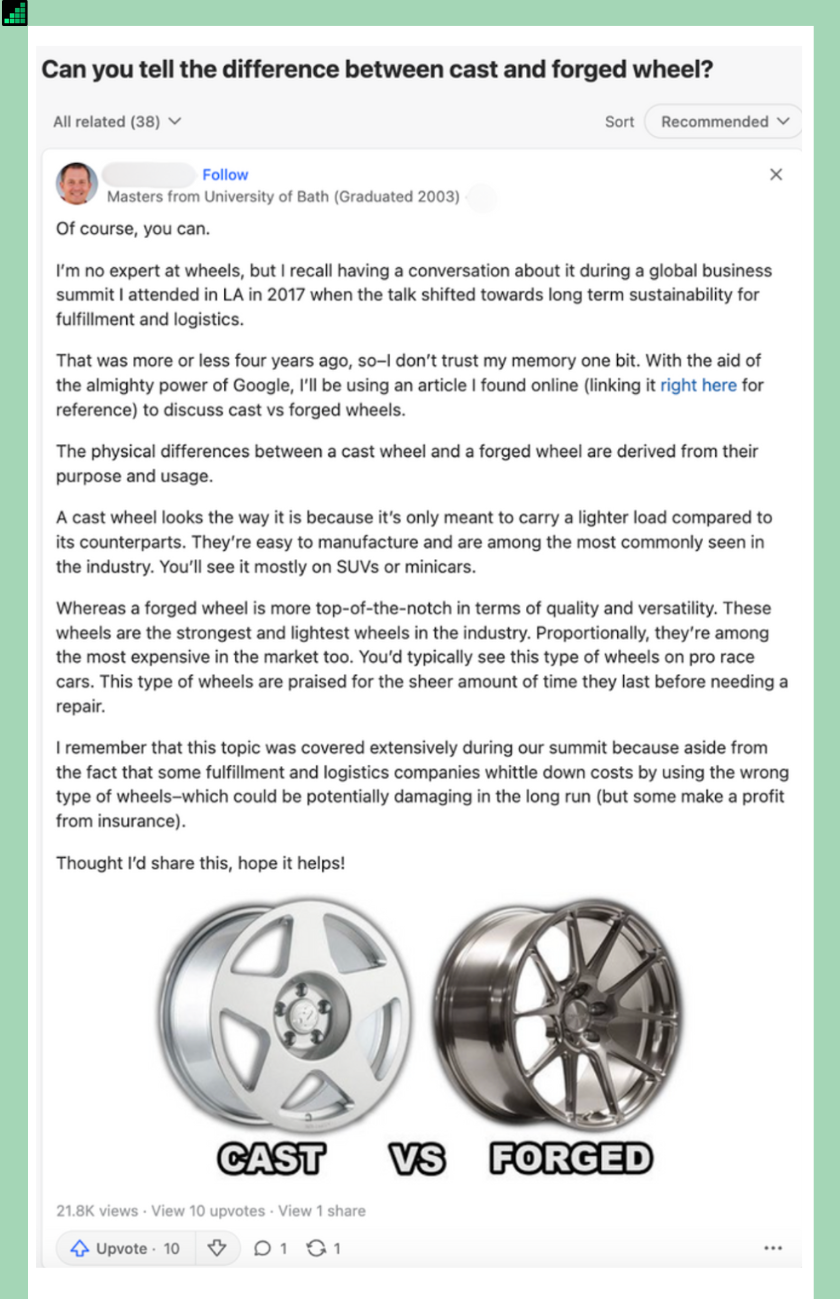
It also ranks at the top out of 38 other answers to the question. This is something we optimize for as part of the Herd Links™ service.
Notion didn’t grow through aggressive paid ads—it grew because people felt invested in the product and wanted to talk about it.
Herd Links™ helps you achieve the same effect by strategically placing your brand in natural, ongoing discussions.
5. ClickUp’s Feature-Focused Billboard Campaign – Offline Meets SaaS
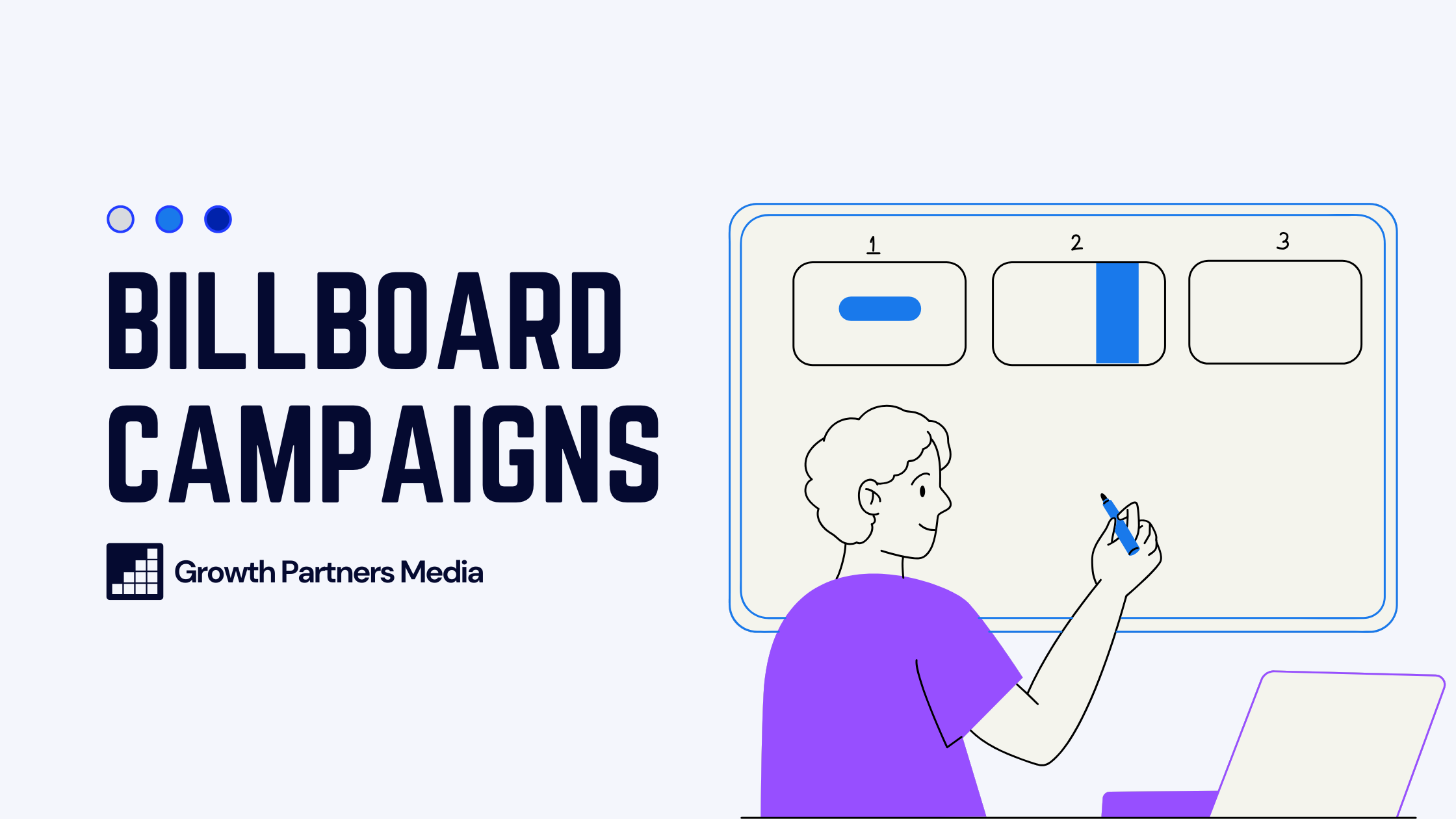
Clickup’s goal was to steal market share from competitors by emphasizing product superiority.
The strategy:
ClickUp took an unconventional route for a SaaS company—they went offline.
Instead of relying solely on digital ads, they boldly challenged competitors in the real world.
- They launched a high-visibility billboard campaign in San Francisco and NYC, directly targeting Asana and Trello users.
- The messaging was clear, bold, and competitive: “One app to replace them all.” This positioned ClickUp as the all-in-one productivity solution, addressing the pain points of using multiple disconnected tools.
- By taking the fight to the streets, ClickUp forced a conversation—especially among teams frustrated with their current software.
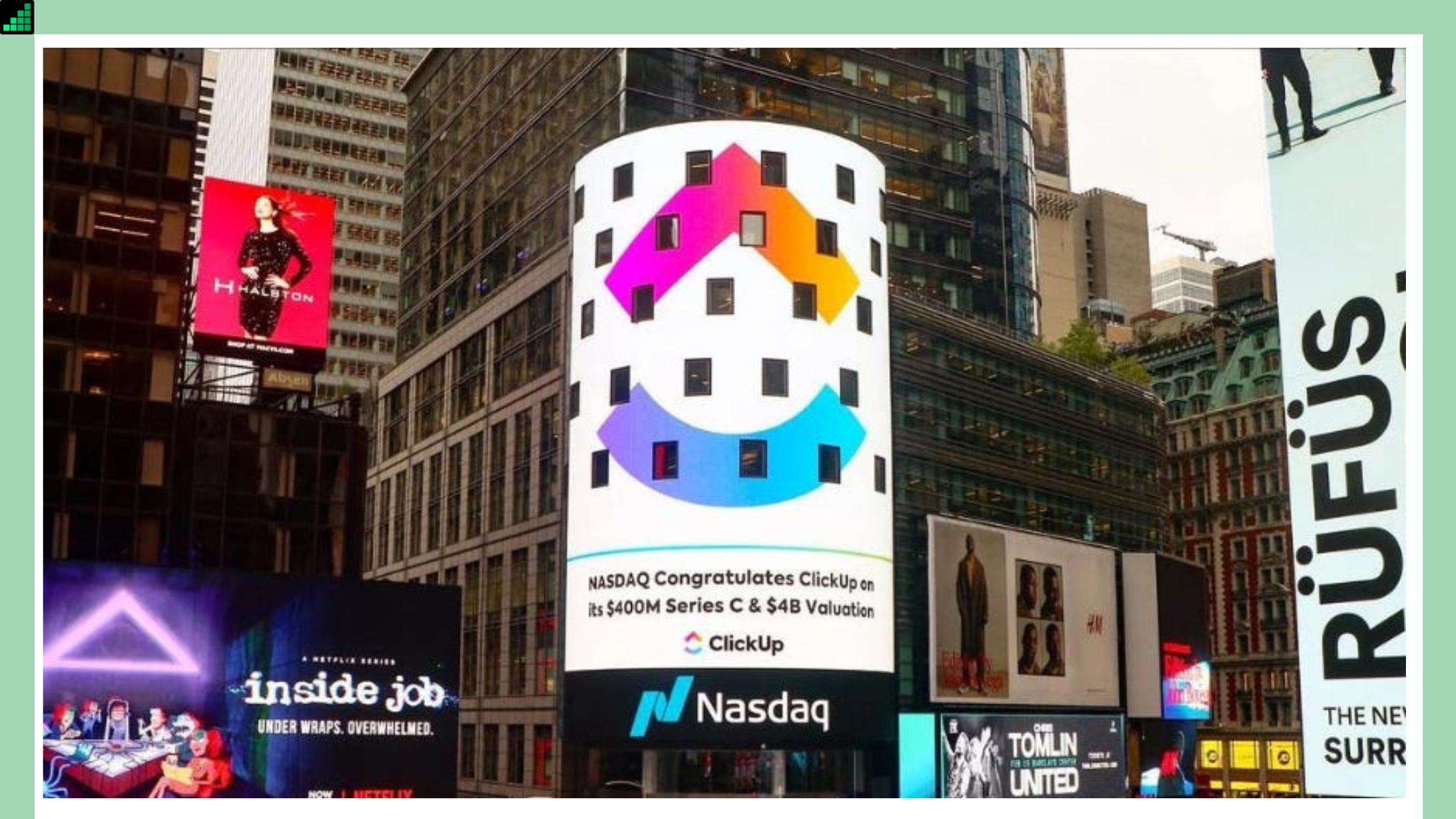
The results:
✅ 100% increase in direct traffic and brand searches during the campaign.
✅ Sparked industry buzz, positioning ClickUp as a serious competitor in the productivity space.
Why it worked & takeaways:
ClickUp understood that differentiation is key in a crowded market.
Instead of blending into the SaaS noise, they made a bold, unavoidable statement in the heart of their competitors’ user base.
The strategy didn’t just build brand awareness—it challenged potential customers to rethink their current tools.
Here’s a great interview with Melissa Rosenthal, Former Chief Creative Officer at ClickUp, for more exclusive tips and tricks. 👇
If you want to stand out, don’t be afraid to go bold.
Whether through offline marketing, provocative messaging, or competitive positioning, creating a statement that sparks discussion can be a powerful growth lever.
After all, sometimes the best way to get attention is to literally put your name up in lights. Or, in this case, a really big billboard. 🚀
6. Typeform’s Interactive Content – Using the Product as a Marketing Tool
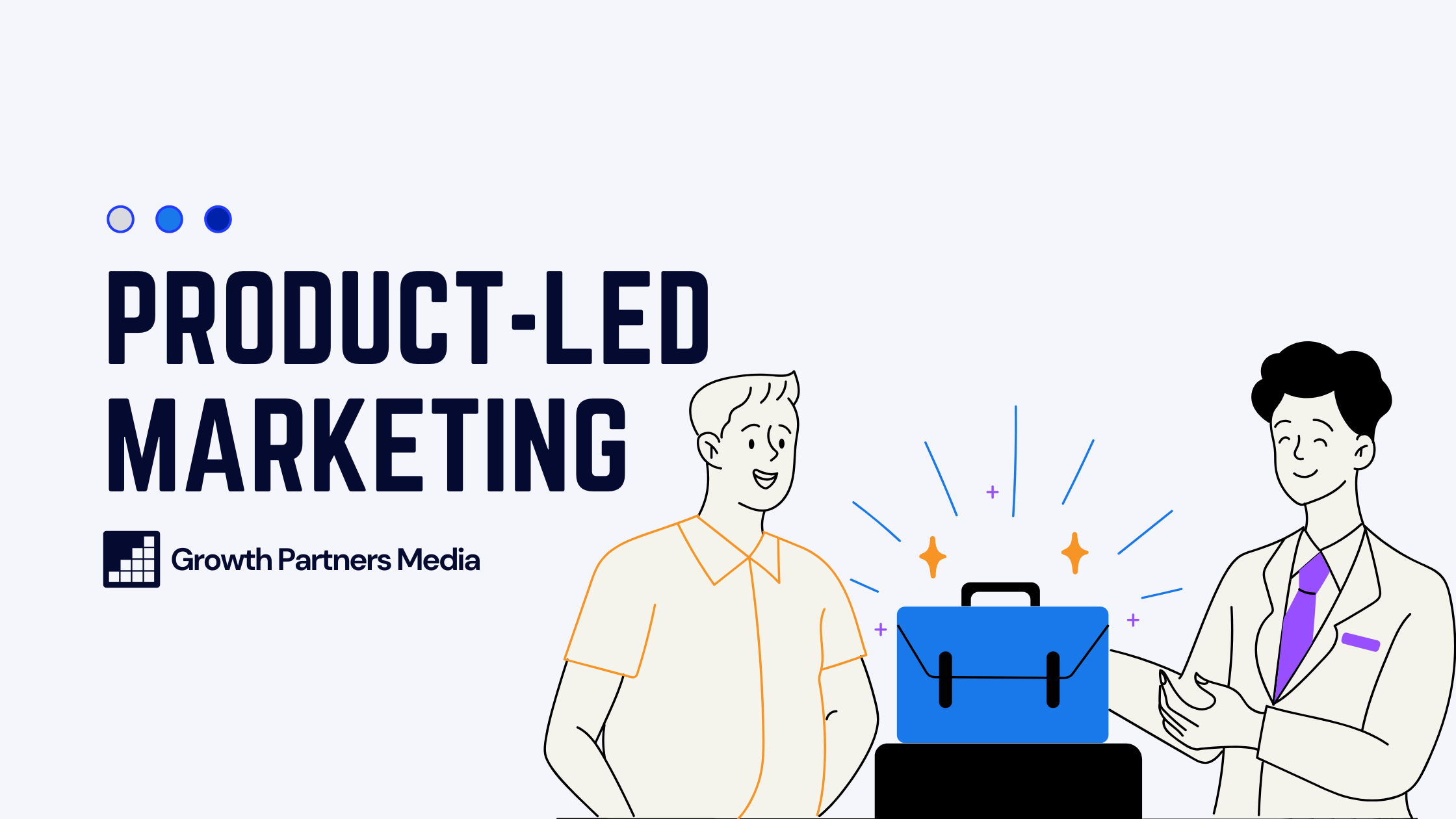
Typeform’s goal was to drive engagement by showcasing the product’s capabilities in real time.
The strategy:
Typeform turned marketing into an experience.
Instead of just telling users about their intuitive, conversational forms, they let people experience them firsthand—before they even sign up.
- They created interactive quizzes, surveys, and forms as part of their marketing campaigns, allowing users to see the power of Typeform in action.
- These product-led experiences were embedded directly in ads, emails, and landing pages, replacing static CTAs with interactive engagement.
- Every touchpoint became a live demo, seamlessly guiding users toward trial sign-ups.
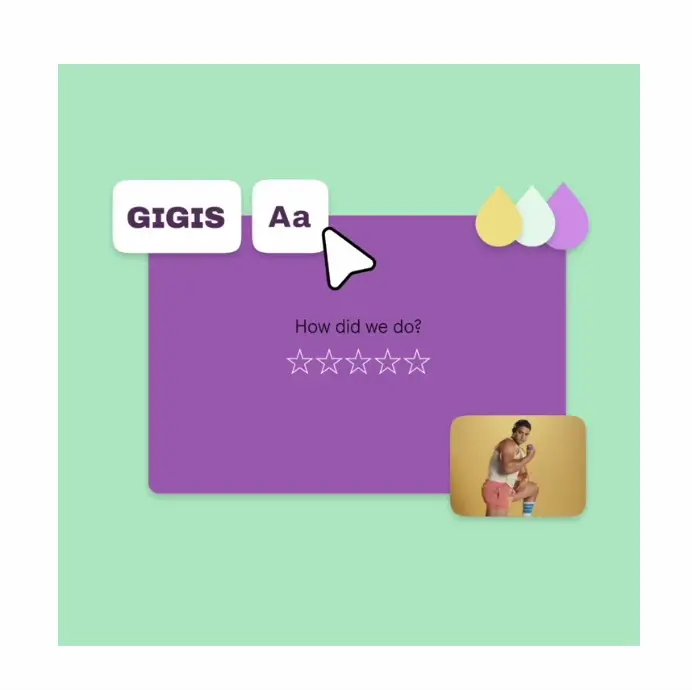
The results:
✅ Higher engagement rates compared to traditional static content.
✅ Increased trial sign-ups by giving users a frictionless preview of the product’s value.
Why it worked & takeaways:
Typeform didn’t just market their product—they let the product do the marketing.
By turning their forms into an interactive sales tool, they made sure that every potential customer felt the product’s benefits before committing. This removed skepticism and made the next step—signing up—feel natural.
If your product has a unique or engaging user experience, find ways to let people interact with it before they buy.
Whether through embedded experiences, free tools, or live demos, self-demonstrating marketing can be a game-changer for conversions.
7. Gong’s Controversial LinkedIn Play – Owning the Conversation
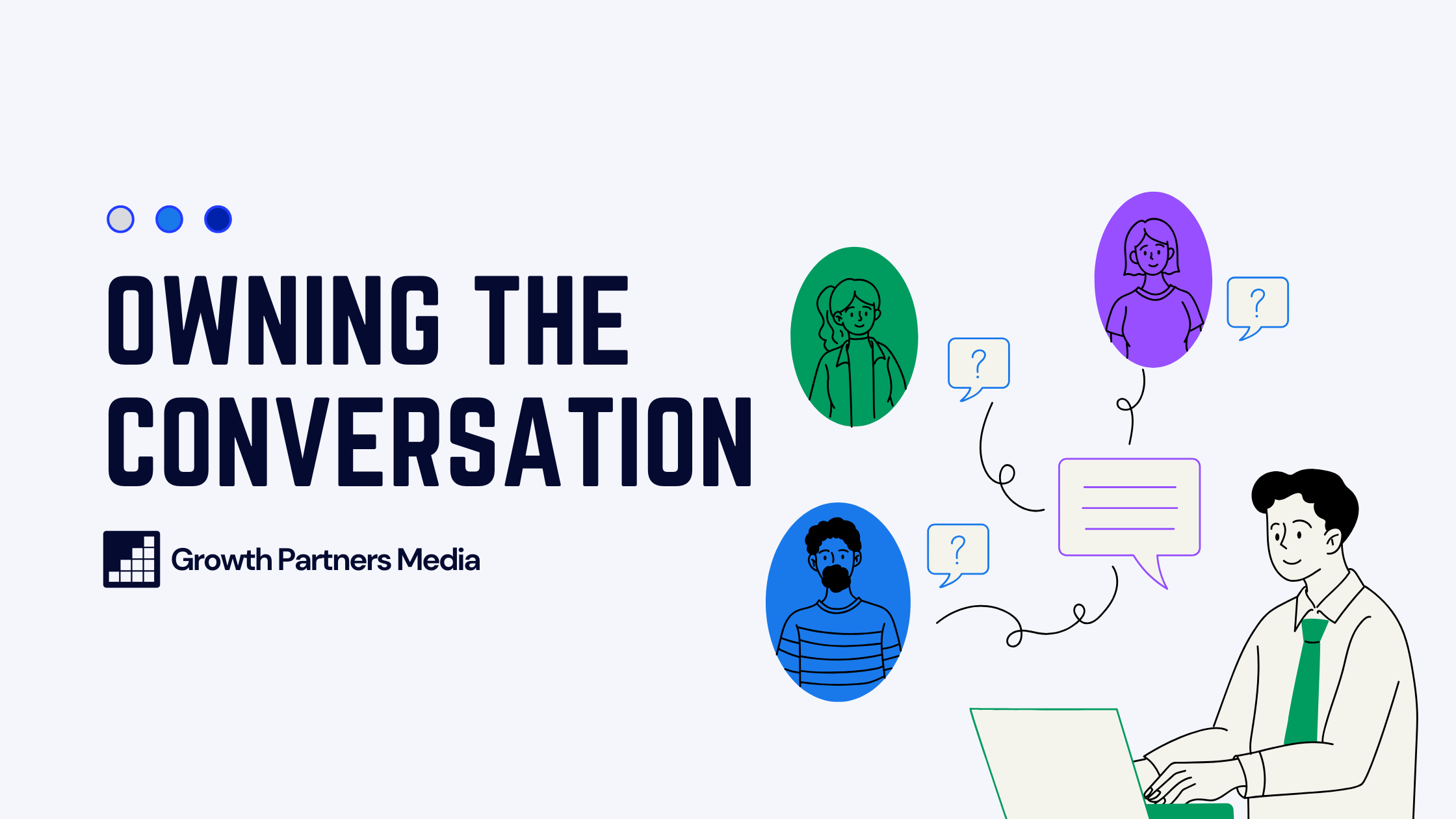
Gonag’s goal was to drive engagement and thought leadership through LinkedIn virality.
The strategy:
Gong didn’t just post content on LinkedIn—they dominated the feed.
Instead of playing it safe with generic corporate updates, they took a bold, opinionated approach that sparked discussion and demand.
- They posted strong, sometimes controversial takes on sales strategies, AI, and revenue intelligence—forcing people to engage, agree, or debate.
- Their content wasn’t just informative—it was highly shareable, written in a punchy, conversational style designed to stand out in a sea of dull B2B posts.
- By consistently pushing industry discussions and hot takes, Gong positioned itself as a leader in sales enablement and revenue intelligence.
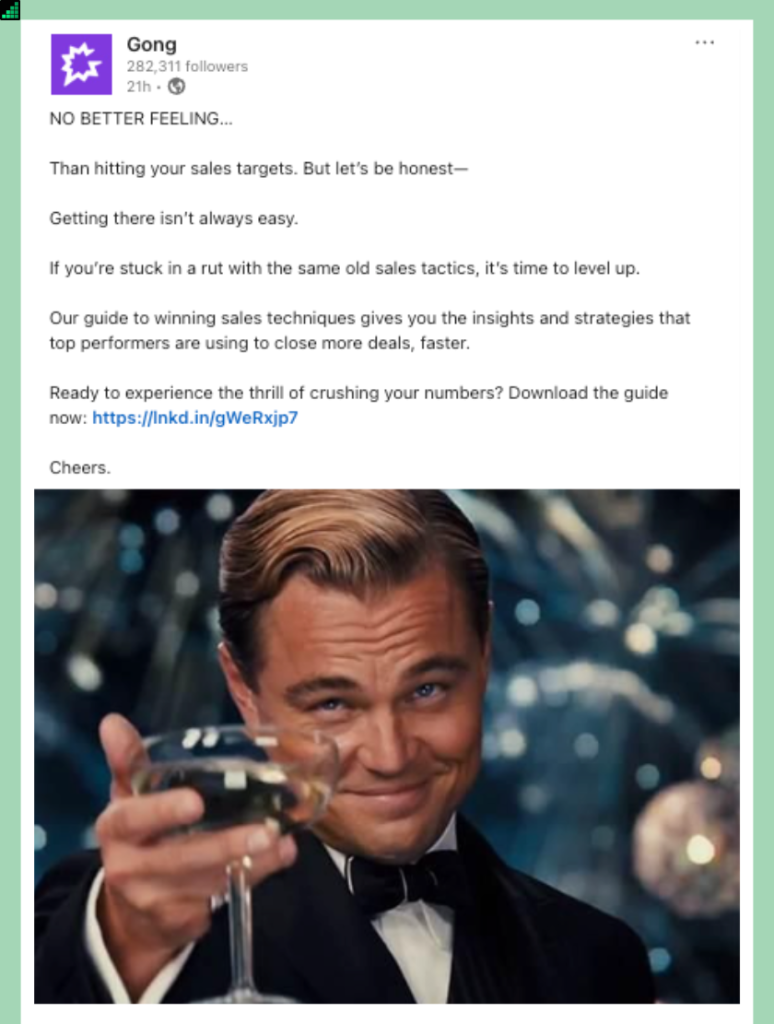
The results:
✅ Massive LinkedIn engagement, with posts earning thousands of comments and shares.
✅ Cemented Gong’s reputation as a thought leader in the sales and AI space.
Why it worked & takeaways:
Gong understood the power of differentiation.
While most SaaS brands stuck to predictable LinkedIn content, Gong took risks, voiced opinions, and started debates.
This disrupted the usual B2B marketing playbook, turning their LinkedIn presence into a constant source of engagement and brand awareness.
If you want to own the conversation on social media, don’t be afraid to take a stand.
Thought leadership isn’t about playing it safe—it’s about offering fresh, bold perspectives that get people talking.
What We Can Learn from These Campaigns
Great SaaS marketing isn’t about following trends—it’s about bold, strategic execution.
The most unforgettable campaigns didn’t just blend in; they took risks, leveraged creative strategies, and deeply understood their audience.
Key takeaways:
✅ Leverage your users – Referral programs, engaged communities, and user-generated content (UGC) can fuel organic growth. When combined with a strong inbound marketing strategy, these elements create a self-sustaining engine that attracts and nurtures potential customers.
✅ Experiment with new formats – Don’t rely solely on traditional SaaS marketing playbooks. Explore videos, offline ads, interactive content, and unconventional growth hacks to cut through the noise.
✅ Position your brand aggressively – Whether it’s through bold messaging, industry debates, or product-led experiences, the best campaigns stand out by owning the conversation. Playing it safe rarely leads to market domination.
- How to Outsource Backlink Building Without Stress [2025] - October 7, 2025
- Top 3 SEO Outreach Services That Actually Work [2025] - October 7, 2025
- 9 White-Hat Link Building Techniques For AI & Google (2025) - September 23, 2025

